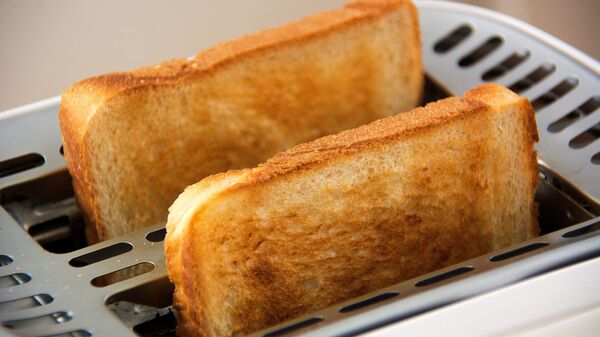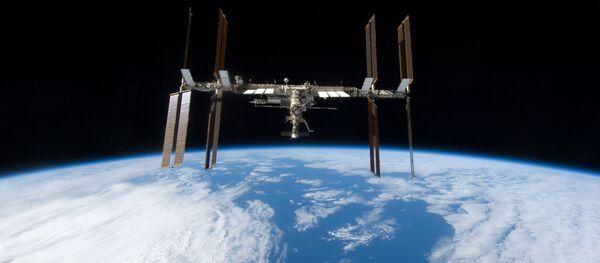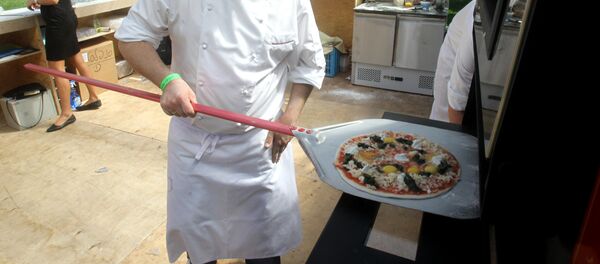Space is a cold, dark, bread-free place. It has been ever since 1965, when American astronaut John Young snuck a corned beef sandwich aboard the Gemini 3 Low Earth Orbit mission. Young and his copilot Gus Grissom both took a few bites, but the sandwich's bread began to crumble to pieces without gravity to hold it together.
The two men were strictly reprimanded by NASA when they returned to Earth. Zero-gravity breadcrumbs could end up in the spacecraft's electronics, potentially endangering the mission. They might also find their way into the eyes or nostrils of astronauts, and without gravity to get them out, that could prove a health risk.
"We have taken steps… to prevent recurrence of corned beef sandwiches in future flights," said then-NASA associate administrator George Mueller, although not without some humor. Nowadays, the brave men and women who serve in the International Space Station live under the tyranny of a bread ban. They must make do with tortillas instead — at least for the time being.
The German company "Bake In Space" is working on a zero-gravity mixture that can be made into delicious and safe baked goods from the comfort of your own space station. The bread will bake at low pressure and heat, creating fluffy rolls that shouldn't produce fatal, astronaut-killing crumbs.
"As space tourism takes off and people spend more time in space we need to allow bread to be made from scratch," company representative Sebastian Marcu told New Scientist. "In order to improve astronauts' well being on long-duration missions such as on a Moon base or on Mars, food plays an essential key role."
"The smell of fresh bread evokes memories of general happiness and is an important psychological factor. The goal of our experiment is to produce freshly made bread aboard the International Space Station (ISS) in microgravity."
Bake in Space presented their product at the United Kingdom's Space Conference earlier in June with the quippy slogan "Baking where nobody baked before." They hope to send some of their bread up to the ISS in April 2018 alongside ESA astronaut Alexander Gerst.




